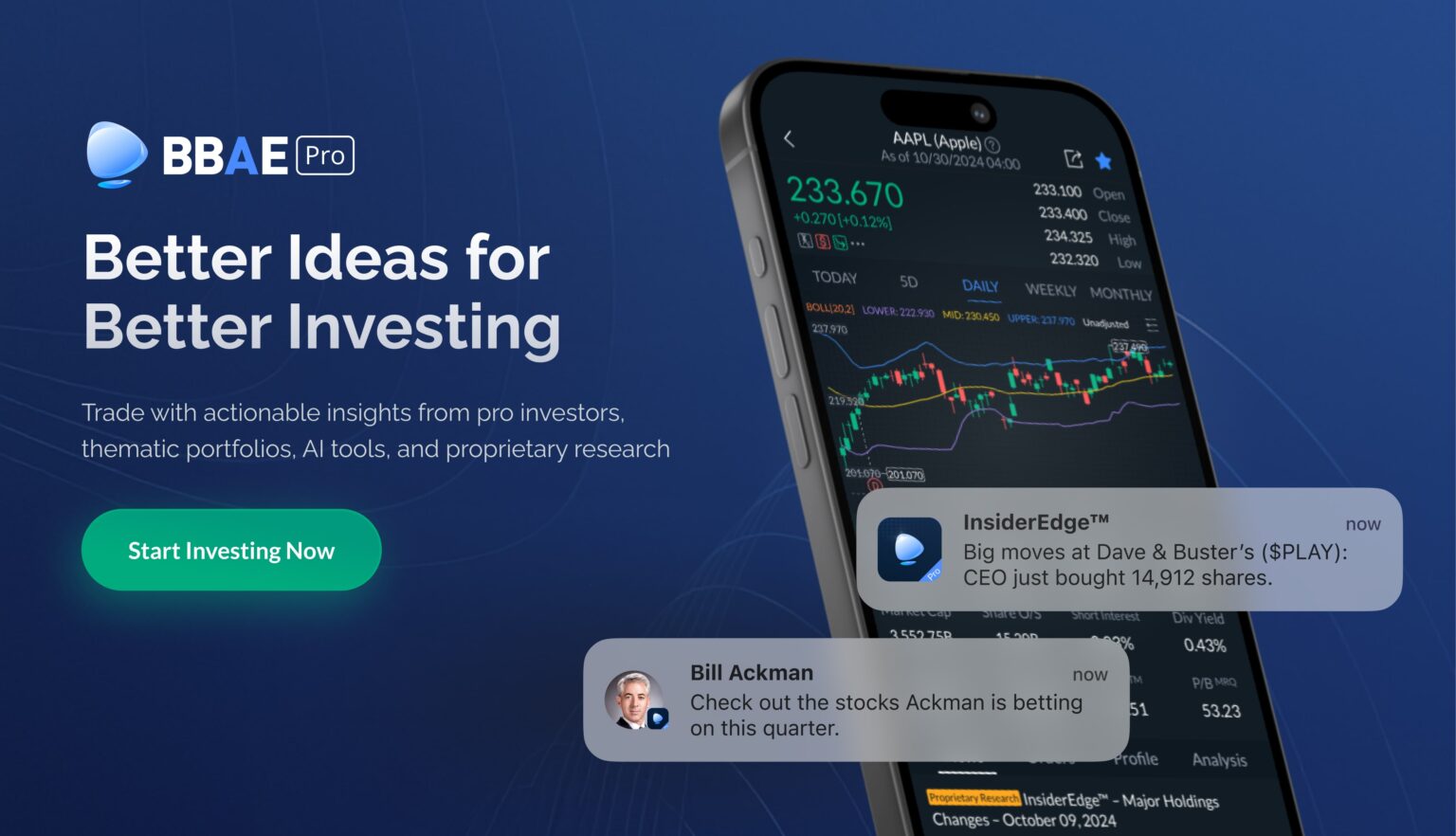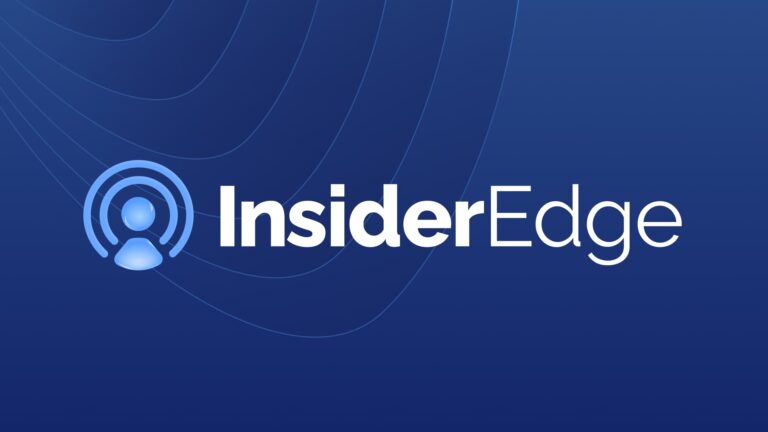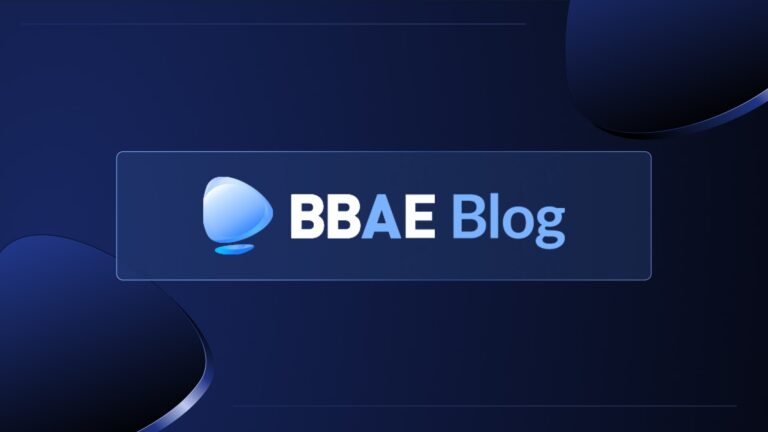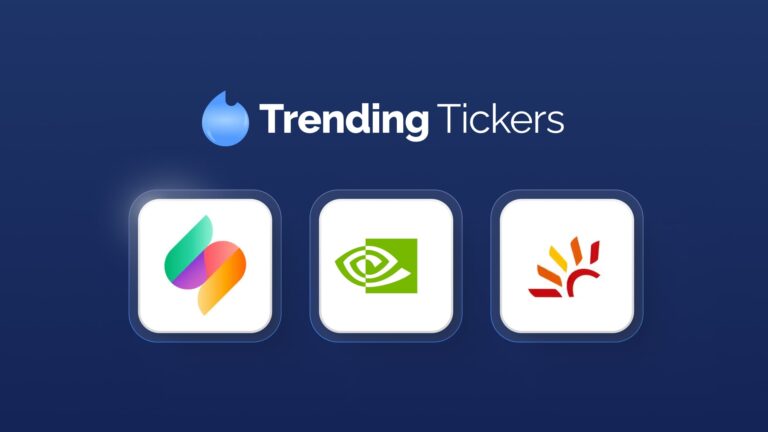S&P 500: The Winners and Losers of September 2025
The S&P 500’s journey through 2025 hit a new stride in September. The benchmark index climbed about 3.5% during the month – its strongest September gain since 2010 – marking a fifth straight month of advances. This rally pushed the index to fresh record highs, with most S&P 500 constituents ending September in the green.
The run-up follows a year of sharp swings. After a 2.7% gain in January, the index stumbled through February and March before mounting a steady recovery. Since April, it has logged uninterrupted monthly gains, including a 1.9% rise in August, reflecting broad market momentum heading into the fall.
In this article, we break down September’s biggest winners and laggards in the S&P 500 and look at the company-specific developments that drove their moves.
Top S&P 500 Performers in September
Among the top performers in September were Warner Bros Discovery ($WBD), Western Digital ($WDC), and Seagate Technology ($STX). Here’s a closer look at what drove each stock’s exceptional rally.
Warner Bros Discovery ($WBD) +67.78%
Takeover Buzz: WBD delivered the S&P 500’s biggest gain of the month, surging nearly 68% after takeover chatter electrified the stock. On September 12, reports surfaced that “Paramount Skydance” – a newly formed media company backed by Larry Ellison’s family and fresh off its merger with Paramount Global – was preparing a majority-cash bid for WBD. The rumor triggered a one-day 30% spike on heavy volume, as investors priced in the possibility of a buyout premium and the creation of a content powerhouse combining HBO Max and Paramount+.
Undervalued Assets Unlocked: The speculation also cast fresh light on WBD’s portfolio, which includes HBO, CNN, DC Studios, and Warner Bros Pictures. Management has been restructuring aggressively, cutting debt faster than expected and turning money-losing divisions profitable. WBD had even been planning a split into separate studio and network units by 2026 to unlock value. The Ellison-led interest signaled that outsiders also see significant untapped value. By the end of September, shares had rallied to multi-year highs, with investors betting WBD’s iconic brands could command a sizable premium in any deal.
Western Digital ($WDC) +49.44%
AI Storage Boom: WDC surged nearly 50% in September as demand for high-capacity storage soared alongside the AI and cloud computing build-out. Reports suggested the company raised HDD prices to capture robust demand. Shares climbed to fresh 52-week highs on expectations that HDDs would remain the most cost-efficient solution for the massive datasets powering AI training.
Strategic Moves and Upgrades: The rally was reinforced by WDC’s restructuring efforts. Earlier this year, it spun off its Flash memory unit (SanDisk) to sharpen its HDD focus, while simultaneously deepening its $13.5 billion refinancing deal with Kioxia to strengthen their combined NAND chip position. The company also sold non-core assets, including a $193 million campus, and launched ultra-high-capacity drives for data center clients.
Seagate Technology ($STX) +41.02%
AI Infrastructure Tailwinds: Rival Seagate rose 41% in September, extending a year of remarkable gains. The company reported a sharp turnaround in its nearline HDD business, with mass-capacity revenues up 40% year-over-year as hyperscale cloud customers snapped up more storage for AI workloads. Its next-generation HAMR drives, now surpassing 30 terabytes, were qualified by multiple major customers – a key milestone that pushed the stock to all-time highs mid-month.
Technology Edge and Diversification: Seagate’s early bet on HAMR has cemented its edge in ultra-large drives, while its expansion into SSDs and enterprise systems has added growth beyond traditional disks. By the end of September, Seagate was the S&P 500’s best-performing stock of 2025, up more than 150% year-to-date. Once dismissed as a low-growth “legacy” name, the company is now seen as a critical supplier for the AI era – and September’s 41% surge underscored that re-rating.
Worst S&P 500 Performers in September
Among the laggards were CarMax ($KMX), FactSet Research Systems ($FDS), and Kenvue ($KVUE). Each stock faced company-specific setbacks that erased significant market value during the month.
CarMax Inc. ($KMX) –26.86%
Earnings Report: CarMax, the largest U.S. used-car retailer, plunged nearly 27% after reporting a steep profit miss. The company admitted it overestimated demand earlier in the summer, building excess inventory just as used-car prices fell by about $1,000 per vehicle between May and June. That markdown forced CarMax to slash retail prices and halt most vehicle purchases, but it wasn’t enough to stop margins from collapsing. For the August quarter, earnings sank to $0.64 per share (vs. $0.85 a year earlier) and revenue fell 6%, badly missing Wall Street’s targets. The stock tumbled 24% in a single session on the report, hitting five-year lows.
Cautious Outlook and Market Share Concerns: Management warned that strong sales earlier in 2025 likely “pulled forward” demand, raising the risk of continued weakness. Unit volumes fell across both retail and wholesale channels, and analysts flagged signs that CarMax may be ceding share to rivals. The combination of deteriorating fundamentals and cautious guidance left KMX as the S&P 500’s worst performer in September.
FactSet Research Systems ($FDS) –23.26%
Earnings Miss & Weak Guidance: Financial data provider FactSet sank more than 23% after fiscal Q4 results and forward guidance underwhelmed. Revenue rose 6% to $596.9 million, but adjusted EPS of $4.05 fell short of consensus. The bigger disappointment came from management’s fiscal 2026 outlook, which called for EPS of $16.90–$17.60 – well below the ~$18.27 analysts had projected. The shortfall suggested higher costs and slower profit growth ahead.
Margin Pressure and Downgrade: FactSet’s adjusted operating margin slipped to 33.8% from 35.8% a year earlier, pressured by heavier spending on technology and staffing. Management’s outlook implied only a limited recovery, a red flag for a company long prized for its strong profitability. Wells Fargo cut the stock to Underweight, warning that rising costs, AI investment, and integration expenses from acquisitions like LiquidityBook could squeeze margins further. By month-end, FDS had erased nearly a quarter of its value, placing it firmly among September’s worst performers.
Kenvue Inc. ($KVUE) –21.63%
Tylenol Health Scare: Consumer-health firm Kenvue, spun off from Johnson & Johnson in 2023, fell more than 21% after a public health controversy engulfed its flagship Tylenol brand. On September 22, the FDA – under new Health and Human Services leadership – announced that acetaminophen products would carry warnings advising limited use during pregnancy due to a possible link to autism. Kenvue strongly disputed the claim, citing decades of research, but the mere association triggered heavy selling. Shares plunged to record lows, dropping as much as 13% in the days surrounding the announcement.
Post-Spinoff Growing Pains: The scare came on top of existing investor unease. KVUE stock had already lost more than 20% year-to-date heading into September, weighed down by modest growth across its mature portfolio (Listerine, Band-Aid, Tylenol) and debt carried over from the separation. Broader regulatory headwinds in healthcare under the new administration added to the pressure. While many medical experts questioned the FDA’s move, investors feared consumer backlash, lawsuits, or declining sales for Tylenol. The result was a 22% September decline, cementing Kenvue’s place among the S&P 500’s weakest names.
This article is for informational purposes only and is not investment advice or a solicitation to buy or sell securities. The content is based on publicly available information and reflects the author’s opinions as of the publication date, which may change without notice. All investments carry inherent risks, including the potential loss of principal, and past performance is not indicative of future results. Readers should conduct their own research or consult a financial advisor before making investment decisions. BBAE holds no position in the securities mentioned, nor are they compensated by the companies mentioned.











